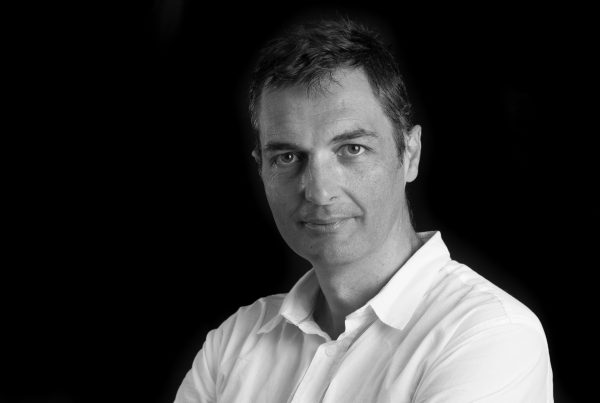Professor Guallar performed his undergraduate at the Autonomous University of Barcelona (Spain), with a major in Chemistry, followed by a joined PhD in physical chemistry at UC Berkeley and Autonomous University of Barcelona, with Professors Josep M. Lluch, Miquel Moreno and William H Miller (November 1999 thesis defense). Afterwards, he moved for a postdoctoral research position (2000-2003) to Columbia University in New York City, under the supervision of Prof. Richard Friesner. In 2003 he got a teanured position as an assistant Professor at the Biochemistry and Molecular Biophysics department at the School of Medicine in Washington University in St. Louis. In 2006 he was appointed ICREA Research Professor in the Life Science Department at the Barcelona Supercomputing Center (BSC), were he has been developing his research group. In 2016 he co-founded Nostrum Biodiscovery, the first spin-off from the Barcelona Supercomputing Center
